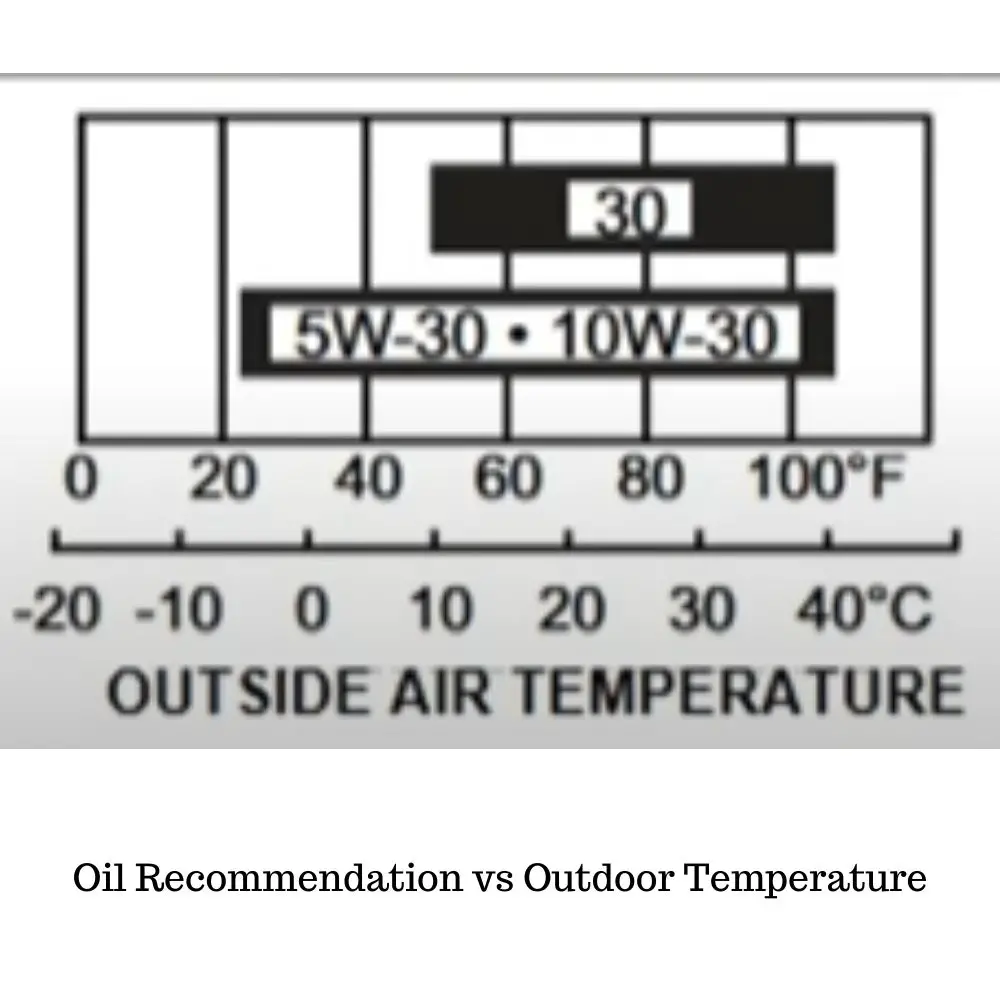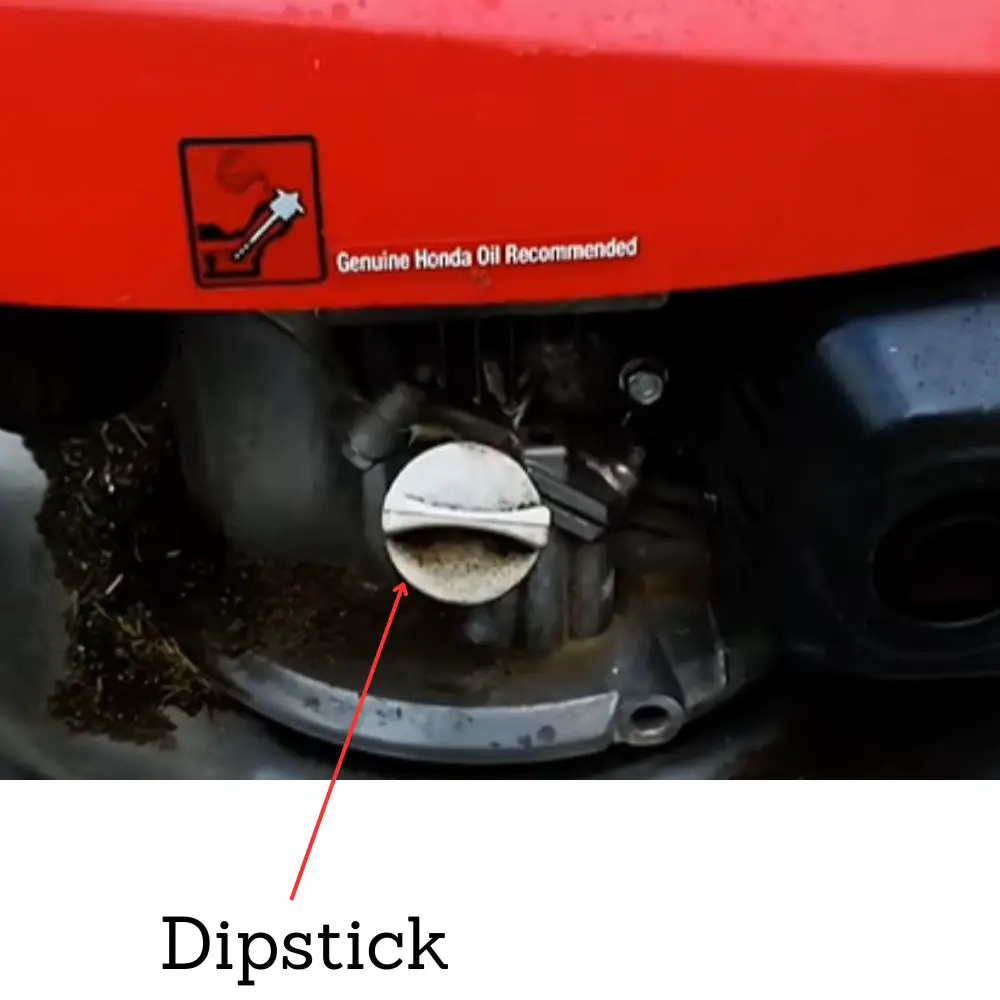Much like a heart, the engine beats life into every machine, and timely maintenance ensures that rhythm goes uninterrupted.
When we think of engine maintenance, oil stands at the forefront. Oil is the elixir that nourishes the engine, ensuring optimal performance. Yet, over time, this life-giving substance starts deteriorating.
As the engine’s oil ages, its lubricating qualities begin to diminish due to the accumulation of carbon and the influence of elevated temperatures on its molecular composition. Consequently, stale oil can hasten the deterioration of engine parts.
How does one ensure that a Honda GCV160 continues to purr with vitality? By taking care of its oil, and changing it from time to time! Let’s delve deeper into how you can keep your Honda GCV160 engine at peak performance.
Safety First! Engaging with machinery and flammable substances always demands caution. Always ensure you’re clad in safety gear, like protective gloves, and ensure you work in a ventilated space. The environment counts too; ensure you dispose of old oil responsibly.
Which Oil Type Does Your Honda GCV160 Need?
Honda recommends using 10W-30 engine oil for the GCV160. However, based on the average temperature range you operate in, you may consider alternative oil types.

Depending on your surrounding temperature, you may want to use other oil types.
The 5W30 oil is to be used in cold regions instead of 10W30 because it will flow easily at low engine temperatures in comparison to 10W30.
The dual figures evident in engine oil specifications, such as 10W30, signify the oil’s viscosity rating at cooler (winter) and warmer (summer) temperatures respectively.
So a 5W30 oil will flow better in colder temperatures (which is the requirement for the engine to start properly.
On the contrary, if you live in a very hot region, you can also use 10W40 Oil.
How Much Oil is Needed?
For the Honda GCV160, the oil capacity stands at 17 ounces.
Keynote: When you drain the engine, sometimes there is leftover. You’ll find that a refill typically requires about 12 to 13.5 ounces. Because of the unavailability of drain plugs in these engines, it’s harder to completely drain the old oil out.
Also note, you DO NOT want to overfill the oil, therefore always check with the dipstick after replacing the oil! If ran on overfilled condition, it can damage your air filter.
When Should You Replace the Oil?
Honda puts forth a recommendation to change the engine oil after fifty hours of use or 6 months.
I would recommend changing after every 10 hours of use for the first 2-3 times as a break-in process, followed by changing every 50 hours of use as recommended by the Manufacturer.
This initial change is critical, setting the stage for the engine’s lifespan. Post this, regular intervals based on usage and environmental conditions will ensure optimal performance.
Moreover, if your lawnmower operates under strenuous conditions such as extremely dusty environments, heavy-duty tasks, or even if it’s left unused for extended periods, an oil change becomes imperative.
Changing The Oil in Your Honda GCV160:

- Warm It Up: Begin by running the engine for about five minutes. This warms the oil, allowing it to drain out more effectively. Be cautious post-run; let it cool for a few minutes.
- Safety Checks: Disconnect the spark plug to prevent accidental ignitions. If your model has a fuel shut-off, turn it off. Tighten the fuel cap to prevent spillage.
- Oil Drainage: Unfortunately, unlike most of the other engines, the GCV160 does not have a drain plug. You need to remove the oil plug/dipstick, Place a container underneath the mower, and carefully tip the mower/engine forward to pour out the old oil.
- Refilling with Fresh Oil: Once drained, position your mower upright. Use a funnel to avoid spillages, and pour in the new oil. Avoid overfilling, as this can lead to engine complications.
- Check the Oil Level: Insert the dipstick without screwing it in to check the oil level. The oil should be within the marked areas of the dipstick. Adjust if necessary.
- Wrap-Up: Reconnect the spark plug, turn your fuel valve back on if it was turned off, and you’re good to go!
Additional Tips and Warnings:
- Avoid overfilling the oil; this could lead to smoking and air filter damage.
- Regularly check for abnormal amounts of metal filings in your old oil.
- Notice excessive smoke from the exhaust or a low oil level? These might be signs of underlying engine problems.
Conclusion
Your Honda GCV160 may not be as intricate as larger engines with multiple filters, but it demands its share of attention. Timely oil changes, using the right oil type and quantity, can drastically extend the engine’s lifespan and ensure optimal performance.
Whether you’re a DIY enthusiast or prefer professional servicing, understanding your engine’s needs is paramount. Your GCV160 engine will thank you with uninterrupted service for years to come.

